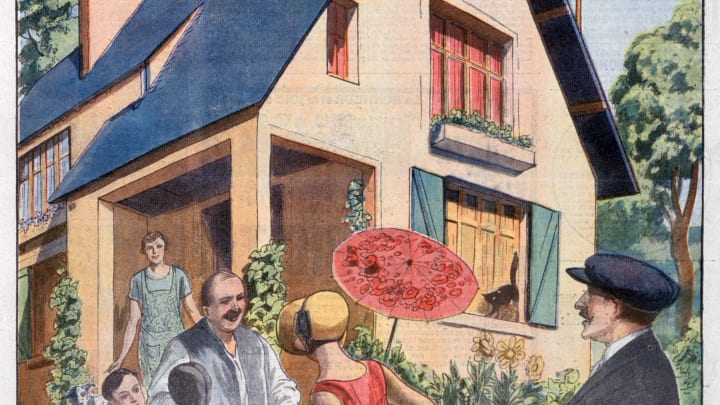When Home Improvement Projects Go Awry: Common Pitfalls and How to Avoid Them

Embarking on a home improvement project is an exciting endeavor that can enhance your living space and increase the value of your property. However, despite careful planning and preparation, home improvement projects can sometimes go wrong, leading to frustration, delays, and unexpected expenses. In this guide, we'll explore common pitfalls in home improvement projects and provide strategies for avoiding them to ensure a successful outcome.
1. Poor Planning and Preparation
One of the most common reasons for home improvement projects to go wrong is inadequate planning and preparation. Rushing into a project without a clear plan, budget, or timeline can lead to costly mistakes and delays. To avoid this pitfall, take the time to thoroughly research your project, create a detailed plan, and establish a realistic budget and timeline before getting started.
2. Hiring the Wrong Contractors
Choosing the right contractors is crucial for the success of any home improvement project. Hiring inexperienced or unreliable contractors can result in subpar workmanship, missed deadlines, and budget overruns. Before hiring contractors, do your due diligence by researching their credentials, checking references, and obtaining multiple quotes. Communication is key—clearly communicate your expectations, project requirements, and budget constraints to ensure a successful partnership.
3. Underestimating Costs and Scope
Underestimating the costs and scope of a home improvement project is a common mistake that can quickly derail your plans. Unexpected expenses, unforeseen complications, and scope creep can significantly inflate your budget and extend your timeline. To avoid this pitfall, be realistic about your budget and contingency funds, and allow for flexibility in your timeline to accommodate unforeseen challenges.
4. Skimping on Quality Materials
Cutting corners on materials to save money may seem like a cost-effective strategy upfront, but it can lead to costly repairs and replacements down the line. Investing in high-quality materials may cost more initially, but they will ultimately save you money in the long run by lasting longer and requiring less maintenance. Prioritize quality over price when selecting materials for your home improvement projects to ensure lasting durability and performance.
5. Lack of Communication and Collaboration
Effective communication and collaboration are essential for the success of any home improvement project, especially when working with contractors, designers, or subcontractors. Miscommunication, misunderstandings, and conflicts can lead to delays, mistakes, and dissatisfaction with the final results. Maintain open lines of communication, clarify expectations, and address any concerns or issues promptly to ensure a smooth and successful project outcome.
Conclusion: Learning from Mistakes and Moving Forward
Home improvement projects can sometimes encounter challenges and setbacks, but with careful planning, communication, and collaboration, you can avoid common pitfalls and achieve a successful outcome. Learn from mistakes, adapt to unforeseen challenges, and remain flexible in your approach to ensure that your home improvement projects stay on track and deliver the results you desire. By taking proactive steps to mitigate risks and address issues as they arise, you can enjoy the benefits of a beautifully renovated home that enhances your quality of life and adds value to your property.